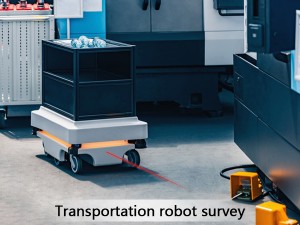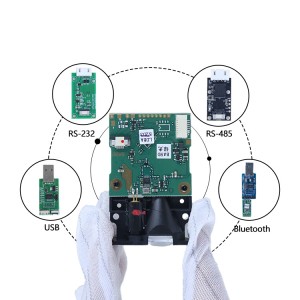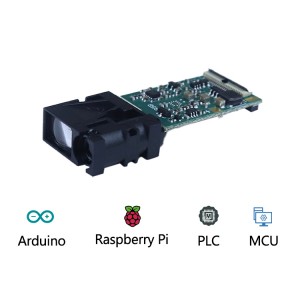Transportation Robot Survey Long Range Radar Sensor
The long range radar sensor plays a crucial role in ensuring the safety and efficiency of the robot by detecting obstacles and enabling autonomous navigation. When it comes to designing or selecting a long range lidar sensor for a transportation robot, there are several key factors to keep in mind.
WhatsApp: +86 18302879423
Key Features of Long Range Radar Sensor
1. Detection Range:
Long Range: Typically, these industrial laser rangefinder sensors can detect objects from 100 meters to 20 kilometers away.
Medium and Short Range: Some laser distance sensor models may also offer medium (up to 60 meters) and short range (up to 20 meters) detection capabilities.
2. Field of View (FOV):
The FOV determines the width of the area that the long range radar sensor can cover. A wider FOV is useful for detecting obstacles in a broader area, while a narrower FOV provides more focused detection.
3. Resolution:
This is the ability to distinguish between two targets at different distances. Higher range resolution allows for more precise distance measurements.
4. Frequency:
Common frequency bands for long range lidar sensor include 20Hz, 50Hz, 100Hz, and 10000Hz. Higher frequencies generally provide better resolution but may have shorter ranges due to atmospheric attenuation.
5. Power Consumption:
For mobile robots, low-power laser radar sensors are preferred to extend the operational time of the robot.
6. Integration and Compatibility:
The long range radar sensor should be easy to integrate with the robot’s existing hardware and software systems. It should support common communication protocols such as UART, modbus, RS232, Bluetooth, or USB.
7. Cost:
The cost of the industrial laser distance sensor should be balanced against its performance and the overall budget of the project.
Considerations for Implementation
1. Sensor Fusion:
Combining radar with other sensors like LIDAR, cameras, and ultrasonic sensors can provide a more robust and accurate perception system.
2. Calibration and Testing:
Proper calibration is essential to ensure the long range lidar sensor provides accurate and reliable data. Extensive testing in various environments and conditions is also necessary.
3. Regulatory Compliance:
Ensure that the long range radar sensor complies with local and international regulations regarding laser and safety standards.
By carefully considering these factors and selecting the appropriate long range radar sensor, you can significantly enhance the performance and safety of your transportation robot.


